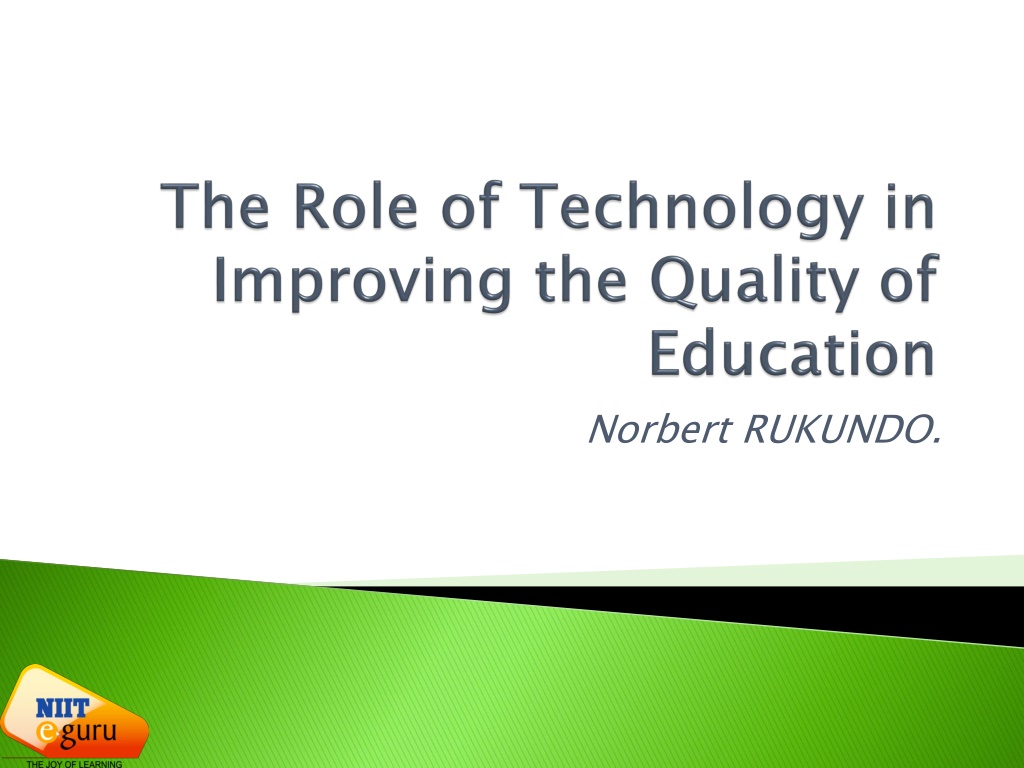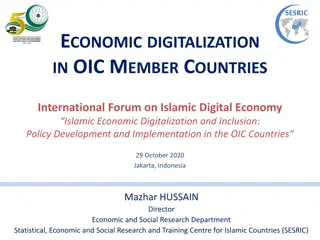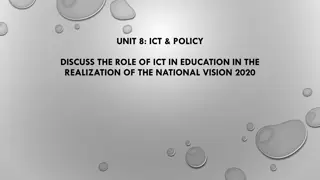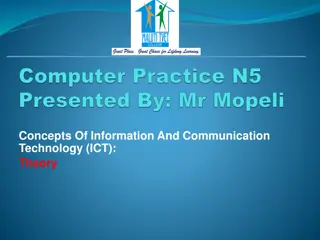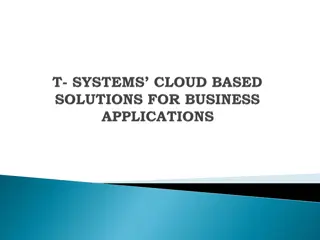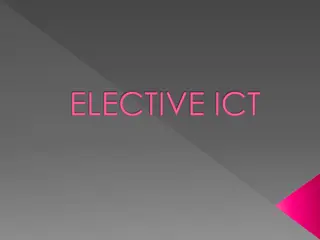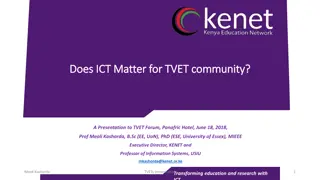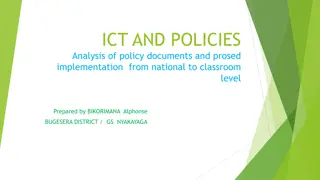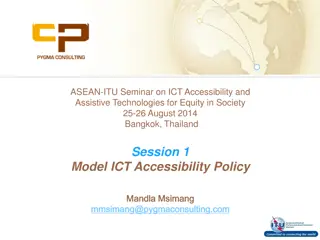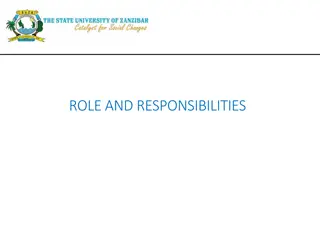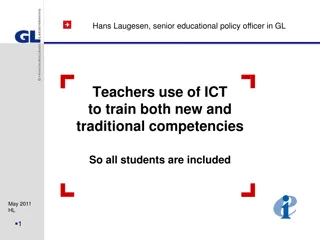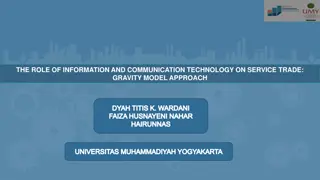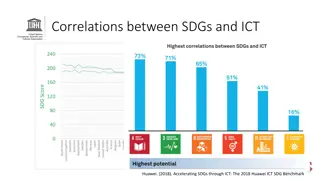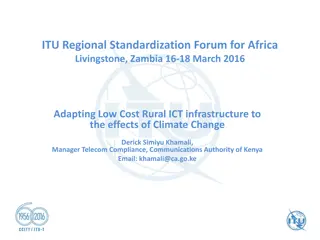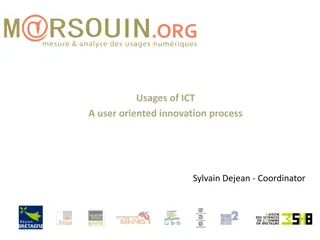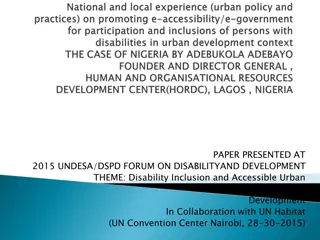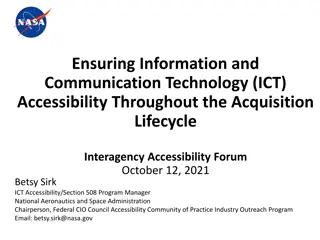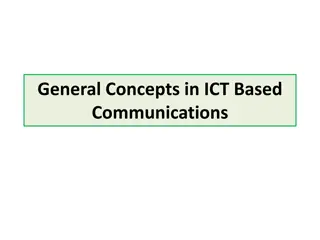Enhancing Education Through Technology: A Look Into ICT-Rich Environments
Explore the impact of technology on education, from enabling visualization of abstract concepts to catering to different learning styles. Discover the transformative power of ICT-rich environments in schools, promoting universal access and fostering collaborative learning experiences. Embrace a paradigm shift in teaching practices, where educators become facilitators guiding students in a democratized learning process facilitated by the Internet.
Download Presentation

Please find below an Image/Link to download the presentation.
The content on the website is provided AS IS for your information and personal use only. It may not be sold, licensed, or shared on other websites without obtaining consent from the author. Download presentation by click this link. If you encounter any issues during the download, it is possible that the publisher has removed the file from their server.
E N D
Presentation Transcript
Land Space Land & Building Real & Virtual Spaces Space Time 8 hours/day 5 days/week Temporal Extensions Time Day & Night Horse Speed Speed Airplane Light Communication Communication One to One One to Many Networking Voice & Handwriting Media Phone & Telex Digital Content Media One to One Learning Learning One to Many Collaborative
Learning Design and Technology Differed Waves enabling technology Change of personal attititudes & models Changing Paradigms New Millenium: Collaborative Technology objectives Growth of abilities & Knowledge 90s Hypertext Technology Transfer of rules/ facts/ procedures 80s Multimedia Technology Levels of collaboration ( ) Interactivity ( ) 60s: Behaviourist 90s-00s: Constructivist 70s-80s: Cognitivist models
Transform Schools to ICT-Rich Environments Promote Universal Access; Facilitate Participatory Forums; Develop Communities and Interest Groups Use Satellites, DTH and Other Technological Aids Equipment Driven Programs Do Not Work Access to Interactive rather than Disseminative Technologies/ Materials Paradigm Shift in Teachers Role to Being Facilitator/ Guide Focus on Democratization Enabled by Internet
What Technology does Human Impact Imperatives Allows visualization of abstract concepts Demonstrates cause and effect visually Provides visuals of phenomena that are otherwise not visible Frees student from data capture in experimentation Provides access to plurality of content Enables collaboration Presents content in more engaging manner Increases productivity by decreasing teaching time Inculcates and sustains interest in students to learn Addresses different learning styles Caters to varying pace of learners Eliminates delay between theory and practical sessions Allows verification of concepts learnt Technology must integrate into individual teaching styles as well as learning styles Technology solutions must be teacher / learner driven, rather than technology / content driven Equipment driven solutions do not work
